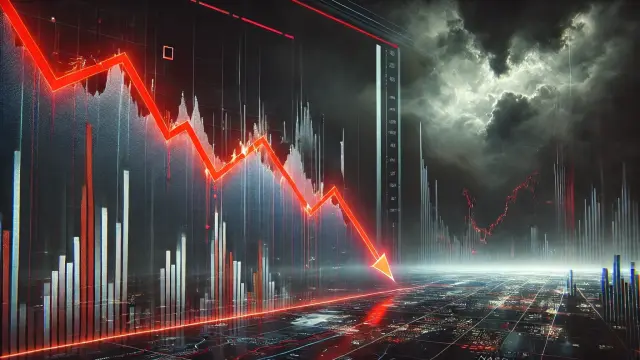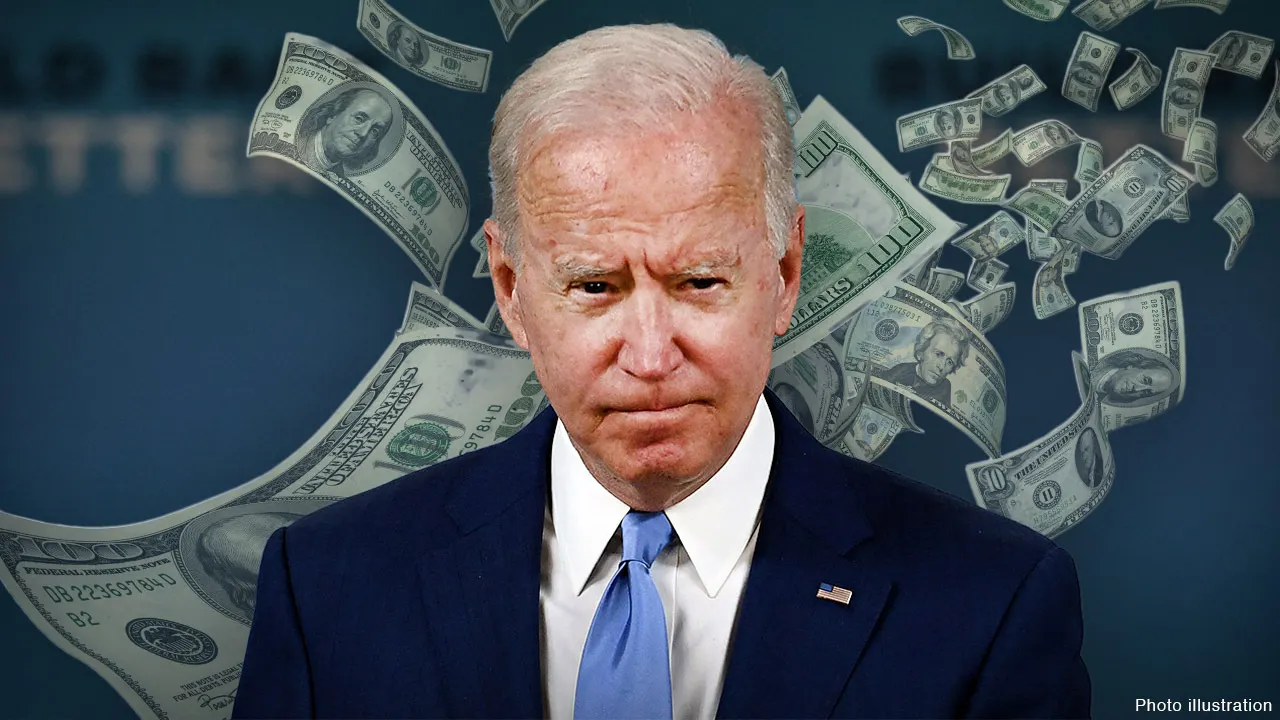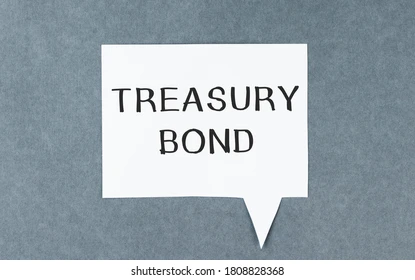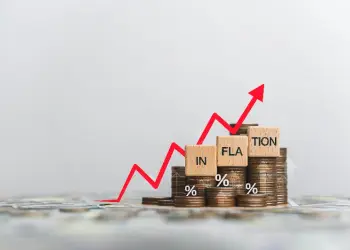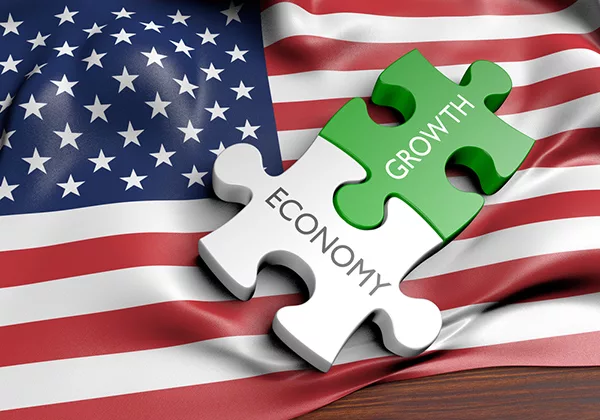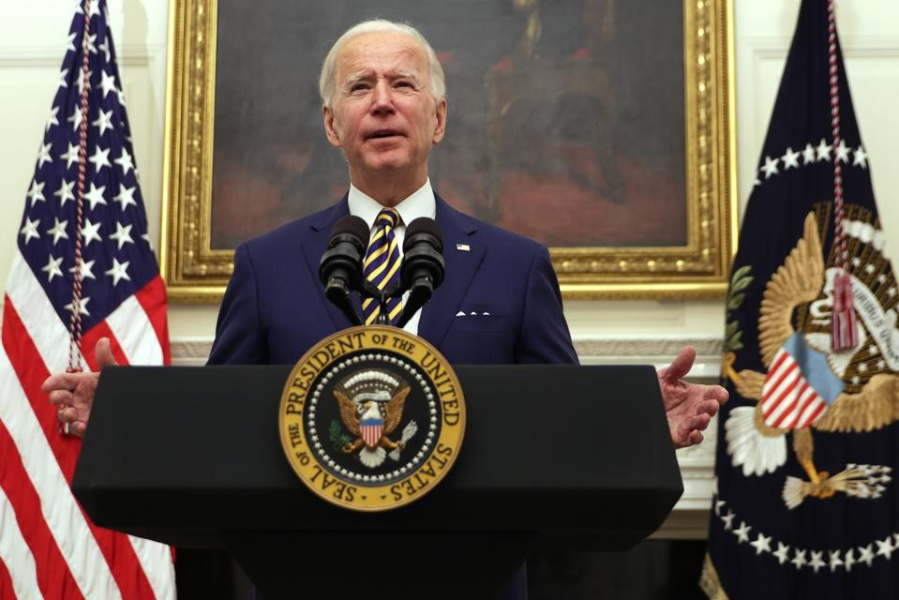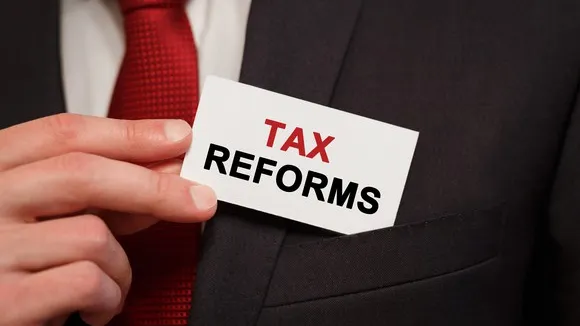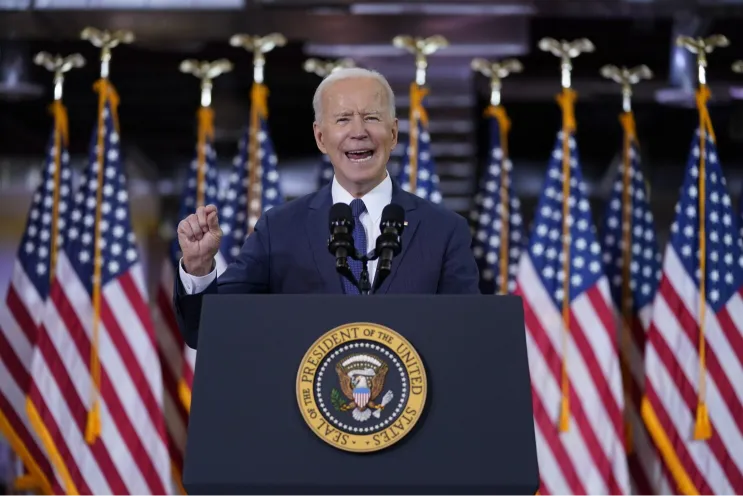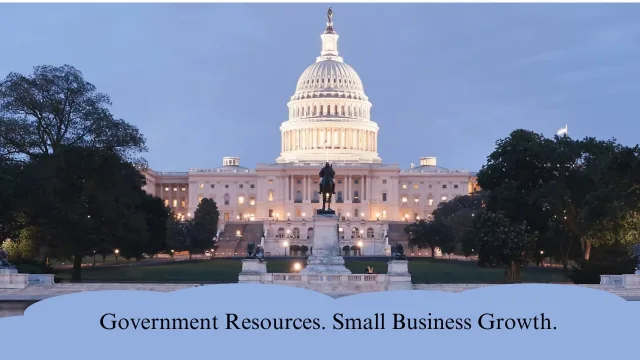Zero Trust is reshaping enterprise security. Learn how organizations are adopting this model to prevent breaches in a hybrid, remote-first world.
Zero Trust Architecture: The New Standard in Cyber Defense
As cyberattacks grow more sophisticated and organizations expand their digital footprints, traditional security models are proving inadequate. The answer to this challenge lies in Zero Trust Architecture (ZTA)—a security paradigm that eliminates the concept of “trusted” internal networks and assumes that threats can exist both outside and inside the perimeter.
This “never trust, always verify” approach is becoming the foundation of modern cybersecurity strategies in 2025 and beyond.
What Is Zero Trust?
Zero Trust is a security model that requires
strict identity verification for every person and device trying to access resources on a private network—regardless of whether they’re inside or outside the organization’s network perimeter.
Core Tenets of Zero Trust:
Verify explicitly – Authenticate and authorize based on all available data points (user identity, location, device health).
Use least privilege access – Limit user access with just-in-time and just-enough-access principles.
Assume breach – Segment access and monitor continuously, as if an attacker is already present.
Why Zero Trust Now?
Several factors have driven the widespread shift toward Zero Trust in recent years:
-
Remote and hybrid workforces require secure access from anywhere.
-
Cloud computing removes the concept of a fixed perimeter.
-
Advanced persistent threats (APTs) bypass traditional defenses.
-
Compliance requirements (e.g., NIST 800-207, CISA Zero Trust Maturity Model).
In 2024,
CISA mandated federal agencies to implement Zero Trust principles—a move that triggered adoption across the public and private sectors alike.
Key Components of a Zero Trust Architecture
1. Identity and Access Management (IAM)
-
Multi-factor authentication (MFA)
-
Role-based access control (RBAC)
-
Identity providers (IdP)
2. Device Trust
-
Endpoint detection and response (EDR)
-
Device compliance checks
-
Mobile device management (MDM)
3. Network Segmentation
-
Microsegmentation to isolate workloads
-
Software-defined perimeters
-
Limited lateral movement
4. Data Security
-
Encryption in transit and at rest
-
Data loss prevention (DLP)
-
Rights management
5. Visibility and Analytics
-
Real-time logging
-
User and Entity Behavior Analytics (UEBA)
-
Threat intelligence integration
6. Automation and Orchestration
-
Policy enforcement engines
-
Automated incident response
-
AI-driven decision-making
Zero Trust Adoption Challenges
While Zero Trust offers robust protection, implementation isn’t without its difficulties:
-
Legacy Systems: Older infrastructure may not support Zero Trust natively.
-
Cultural Shift: Employees may resist added security friction.
-
Initial Complexity: Planning and deploying policies across hybrid environments is complex.
-
Cost: Upfront investment in tools and training is significant.
Best Practices for Implementing Zero Trust
Start with identity: Secure and modernize identity systems first.
Inventory assets and applications: Know what you have and who should access it.
Define business-critical data: Prioritize protections around sensitive assets.
Implement microsegmentation: Reduce attack surfaces by limiting lateral movement.
Establish continuous monitoring: Log everything and respond fast.
Real-World Use Cases
-
Google BeyondCorp: Pioneered Zero Trust to support secure work-from-anywhere culture.
-
U.S. Department of Defense: Embraced Zero Trust as part of the Zero Trust Reference Architecture (ZTRA).
-
Healthcare Providers: Using Zero Trust to protect patient data across distributed systems.
Future of Zero Trust in 2025 and Beyond
The global Zero Trust security market is projected to reach
$70 billion by 2027, reflecting its pivotal role in enterprise security. Key trends:
-
AI-enhanced access control: Real-time behavior-based access decisions.
-
Zero Trust for OT/ICS: Extending Zero Trust principles to operational technology.
-
Secure Access Service Edge (SASE): Combining Zero Trust with cloud-based network security.
Conclusion
Zero Trust isn’t a product—it’s a strategy and mindset. As threats evolve and enterprises embrace remote and hybrid operations, Zero Trust has become essential. By continuously validating users and devices, minimizing trust assumptions, and focusing on segmentation and visibility, organizations can build cyber resilience for the future.








